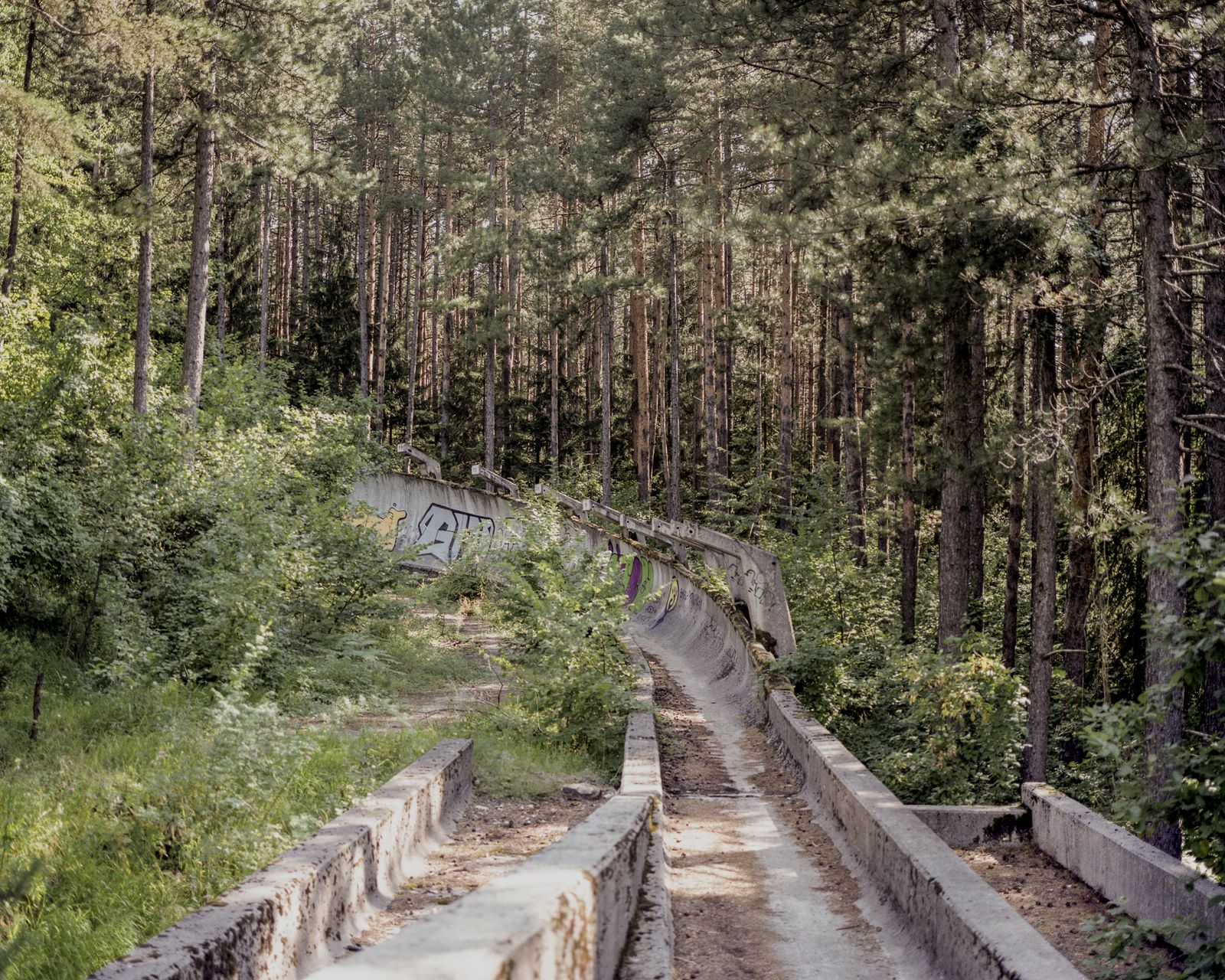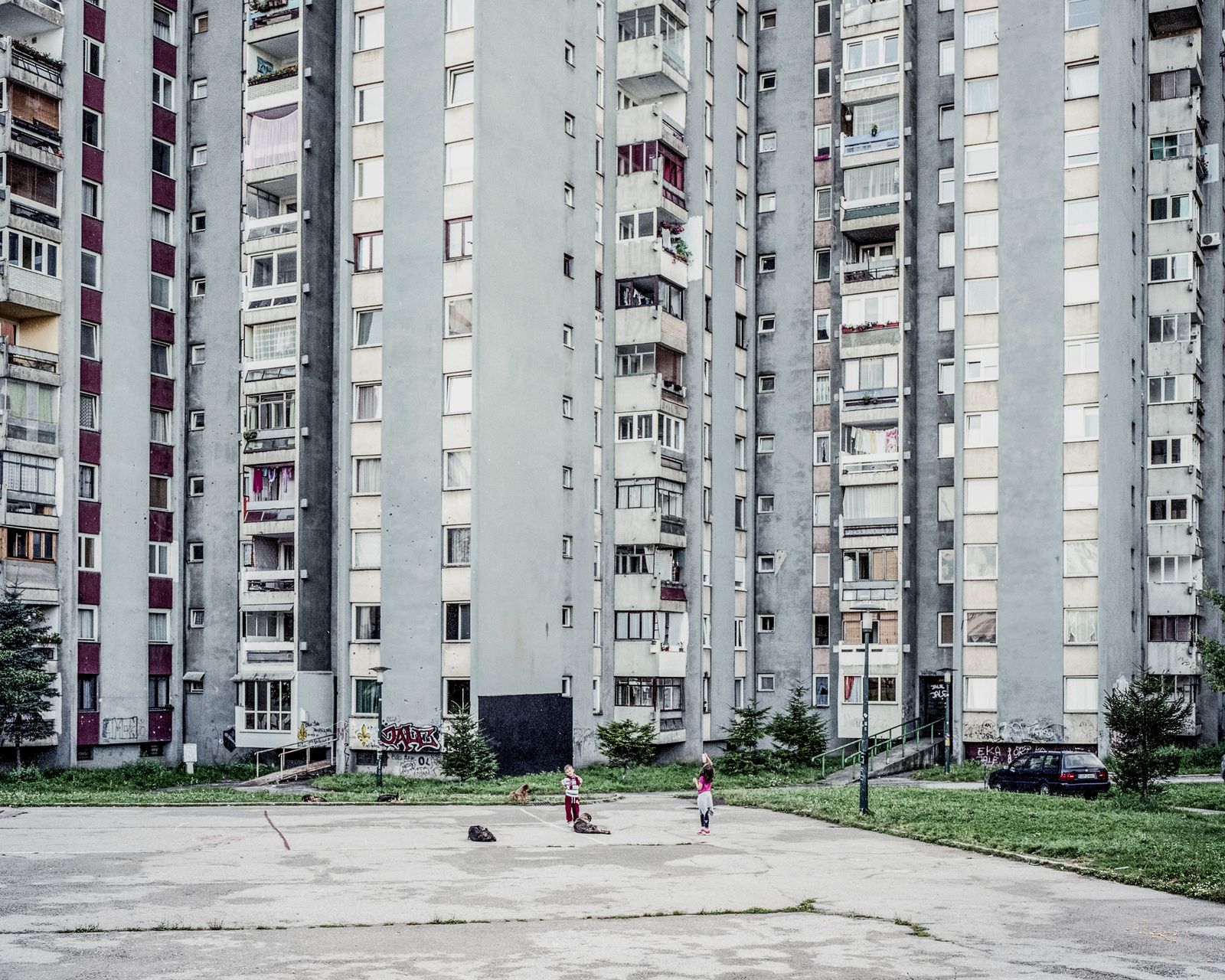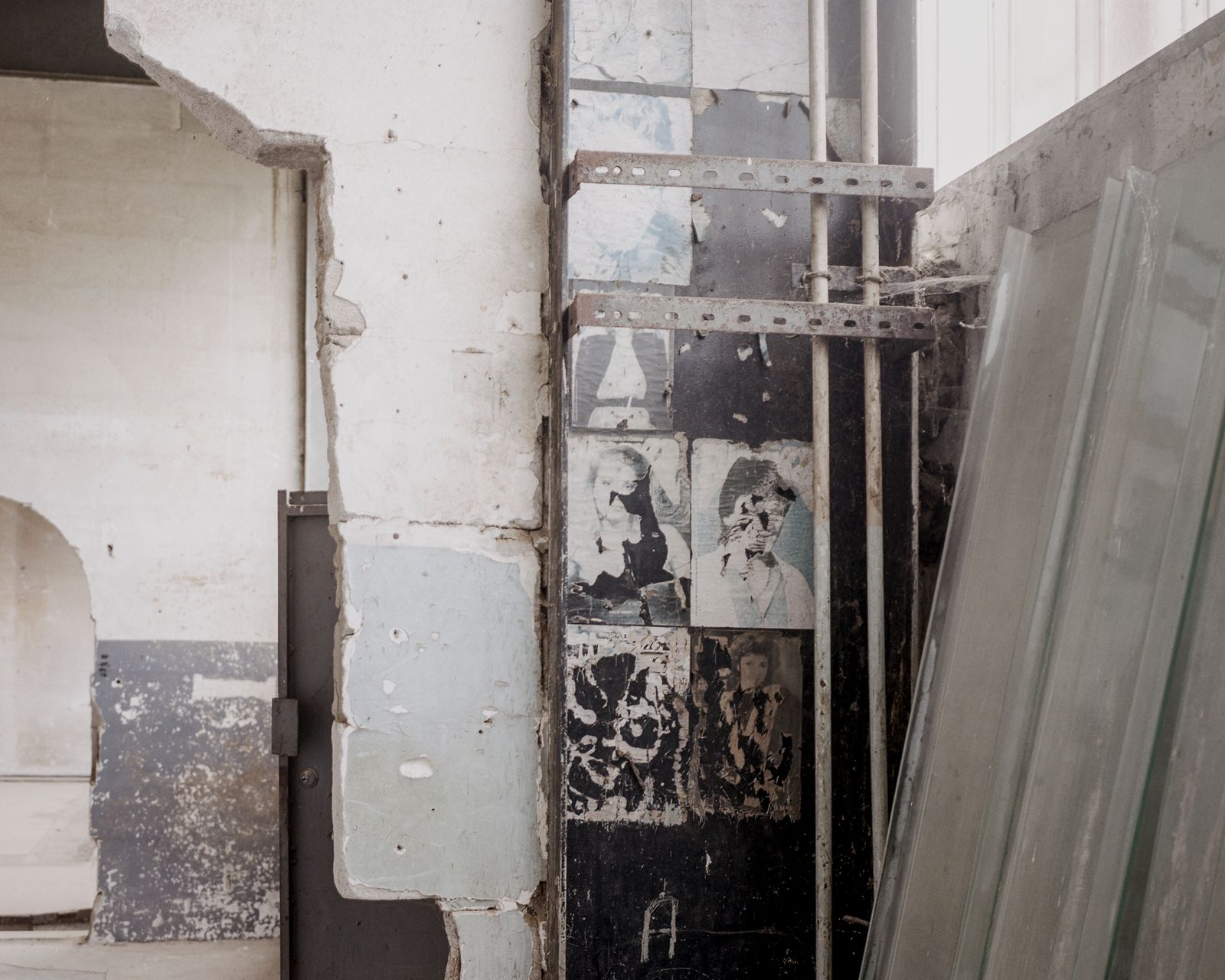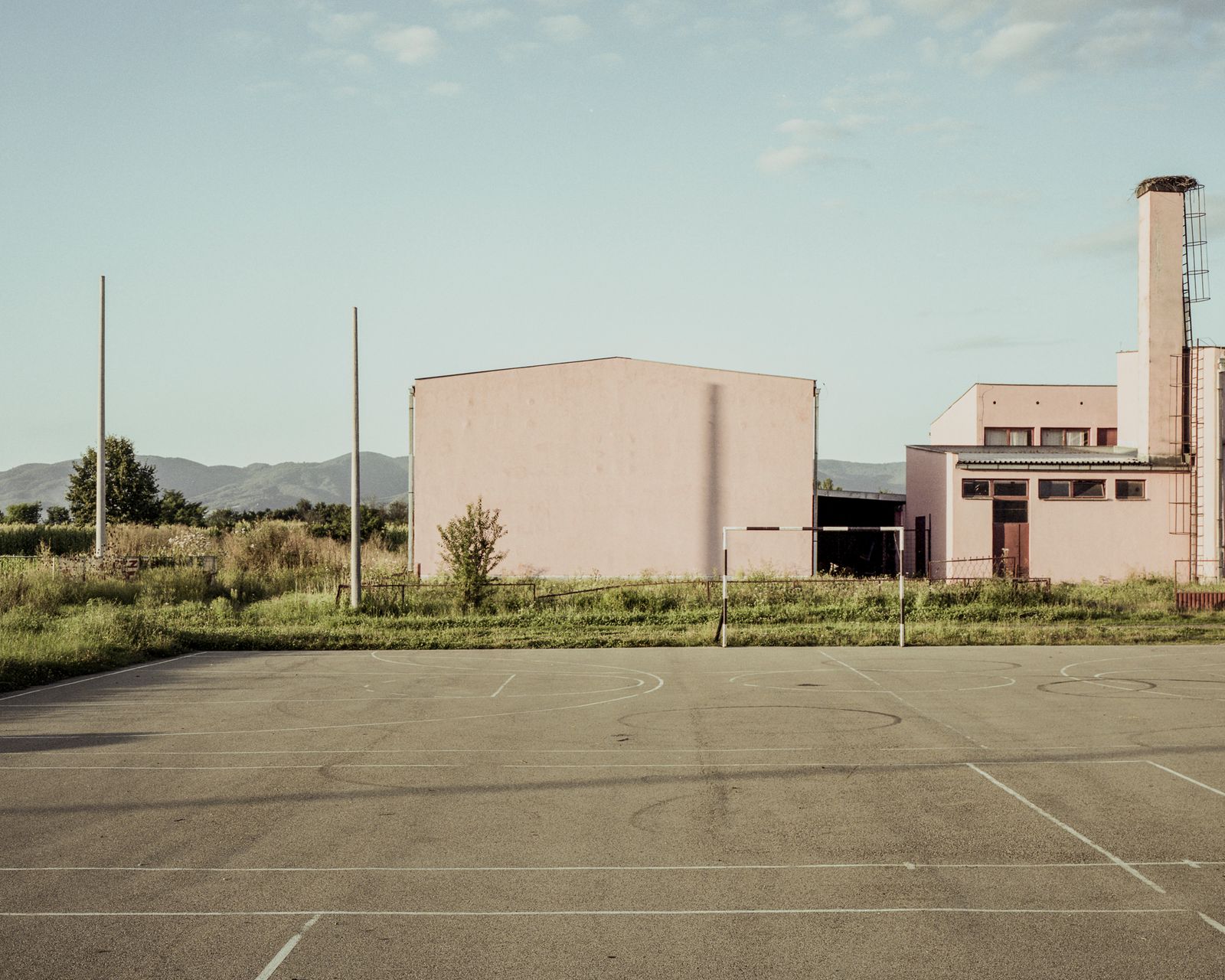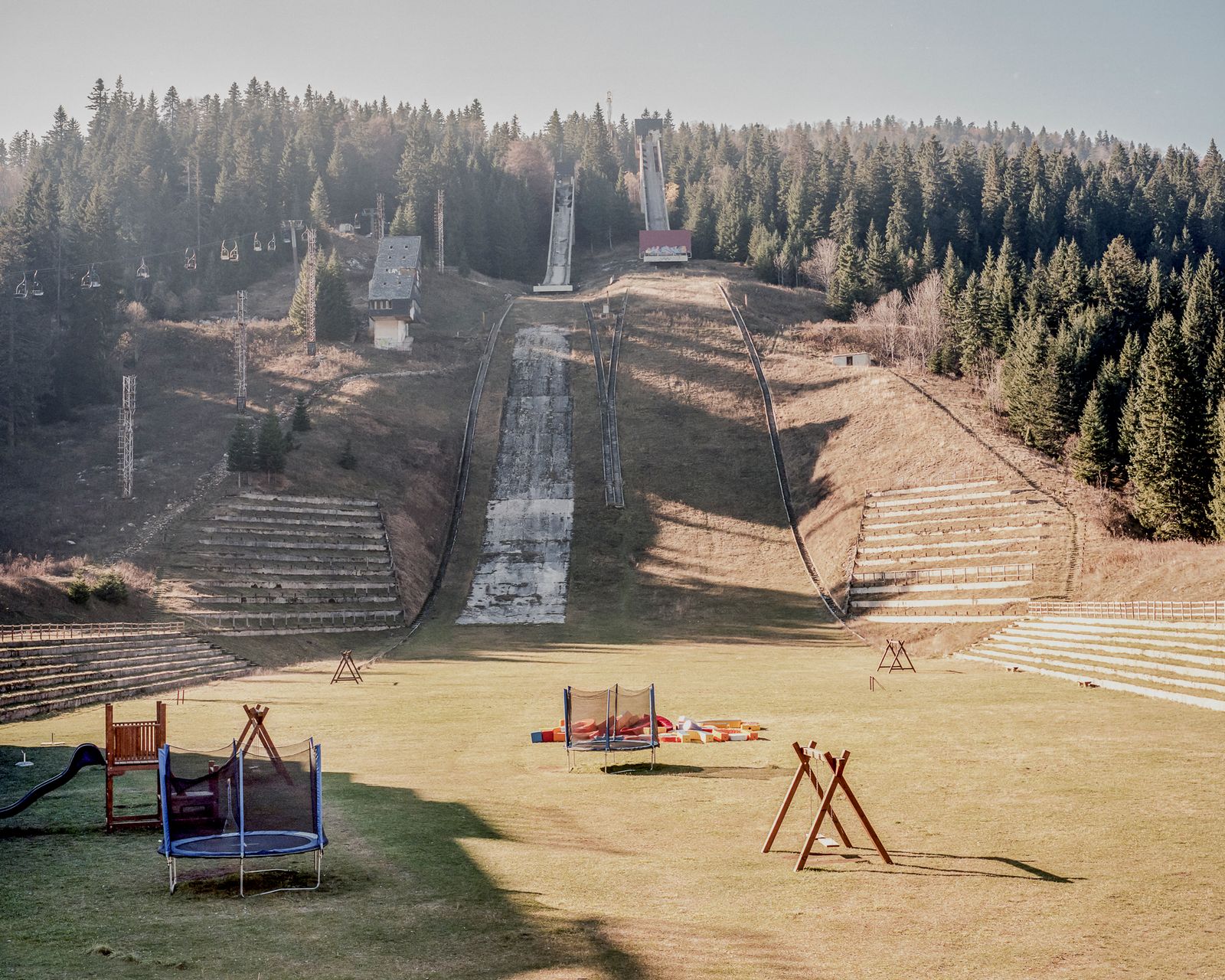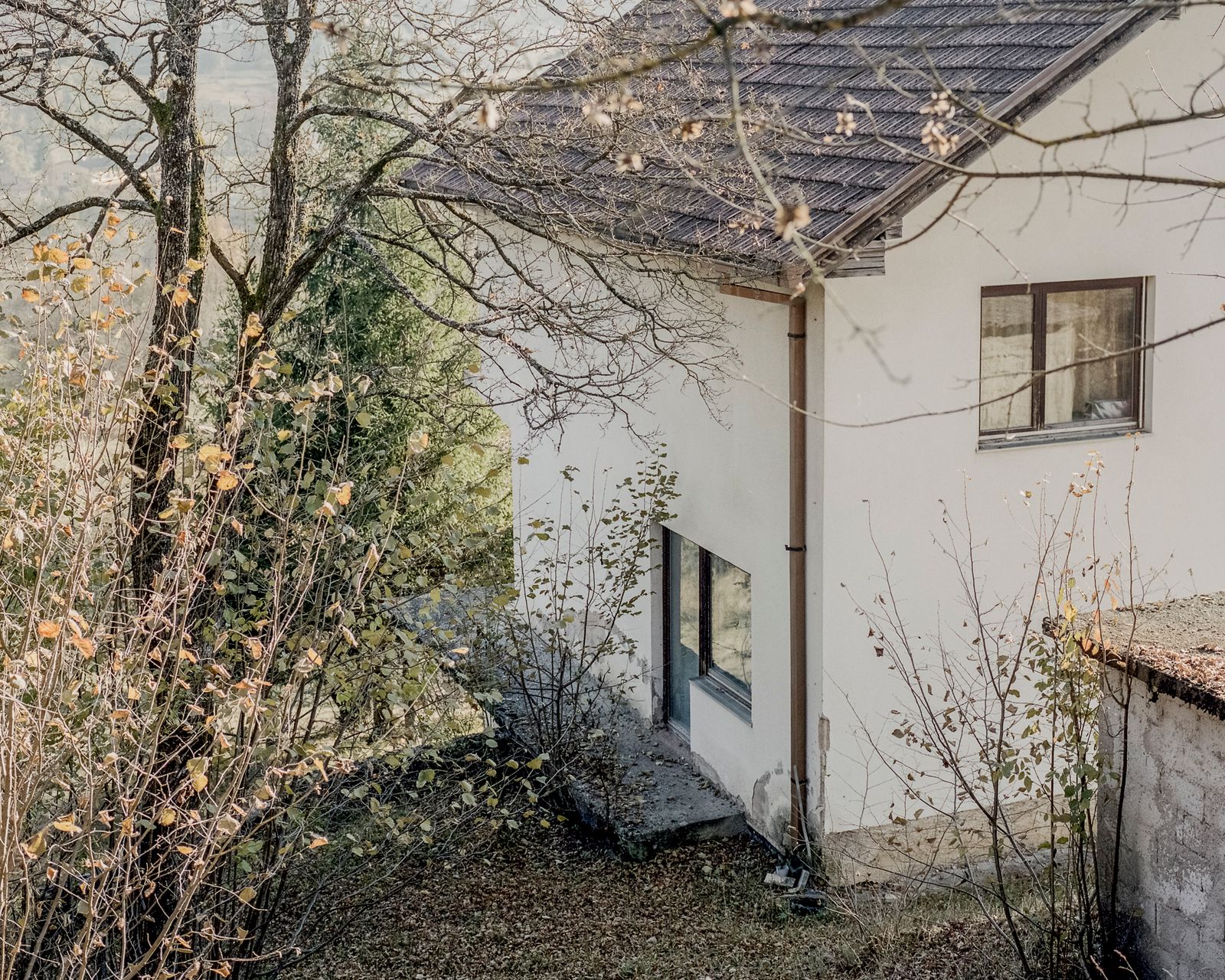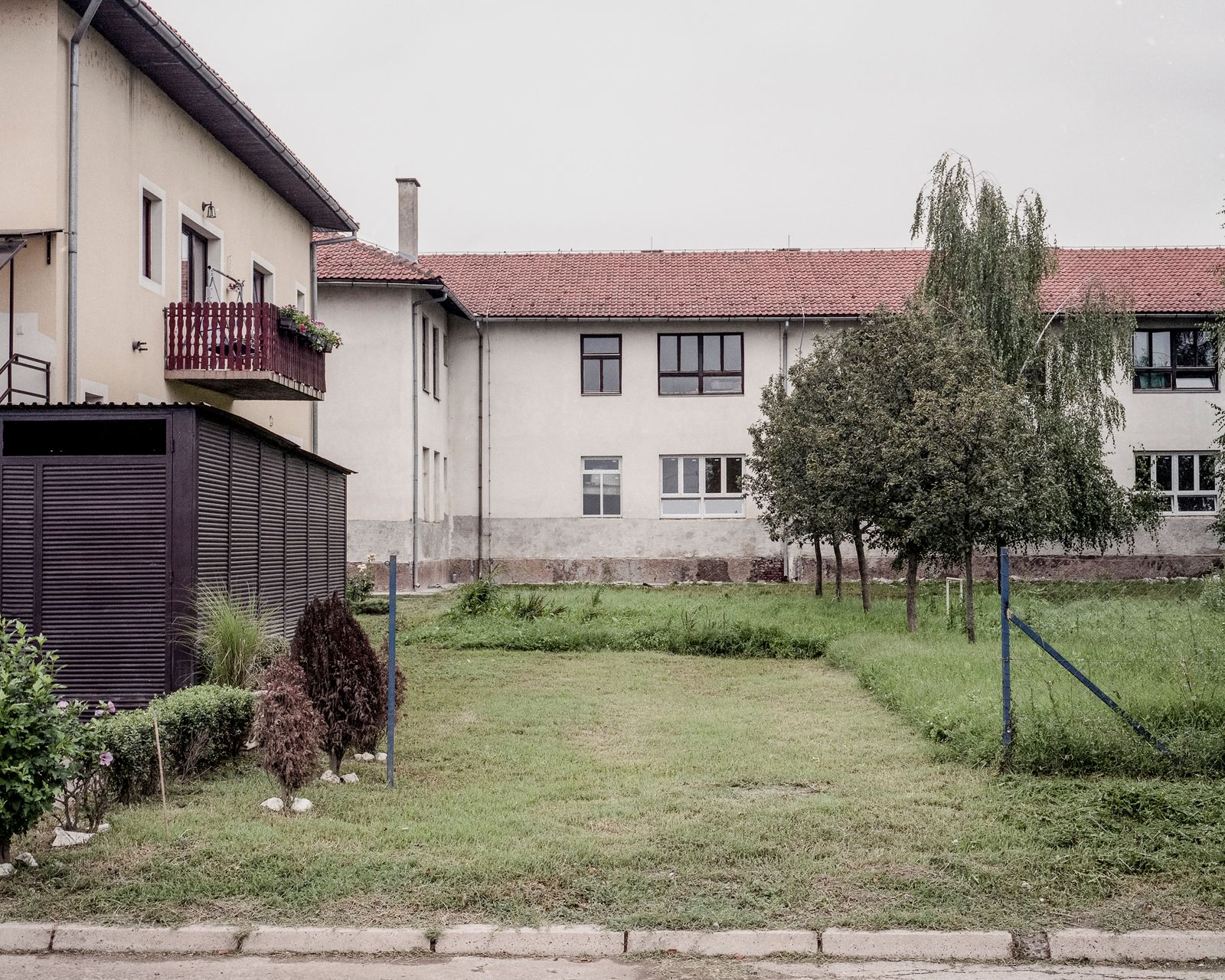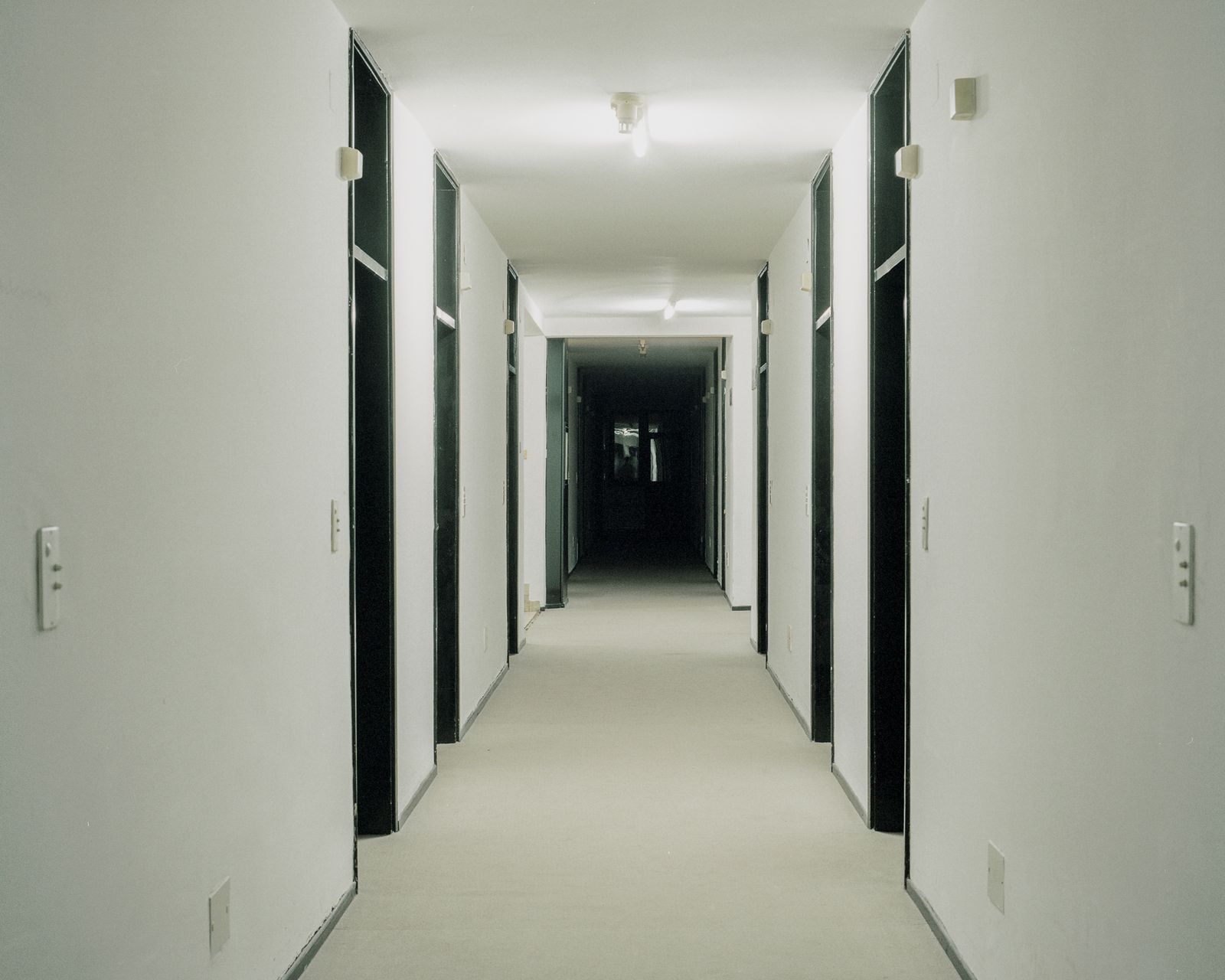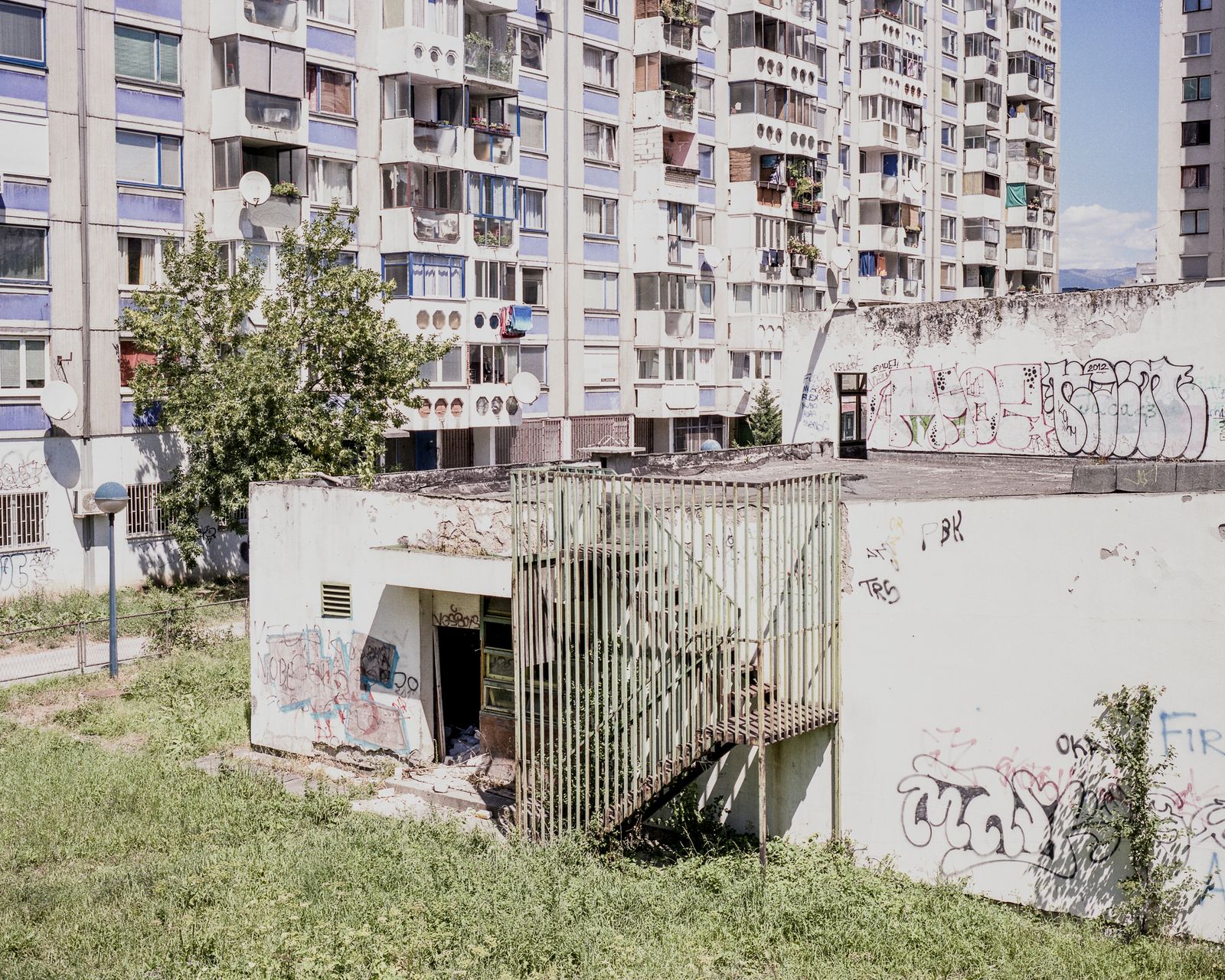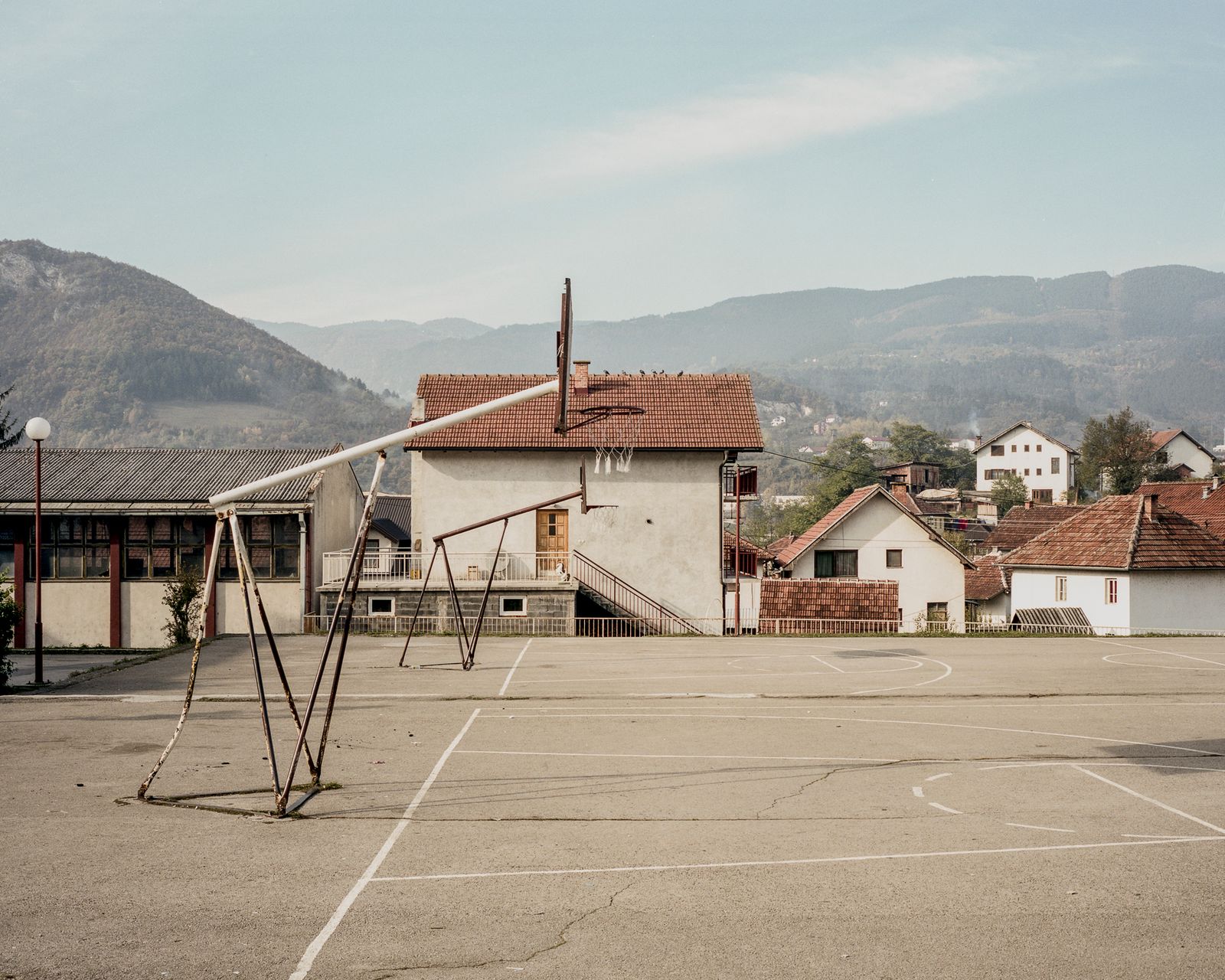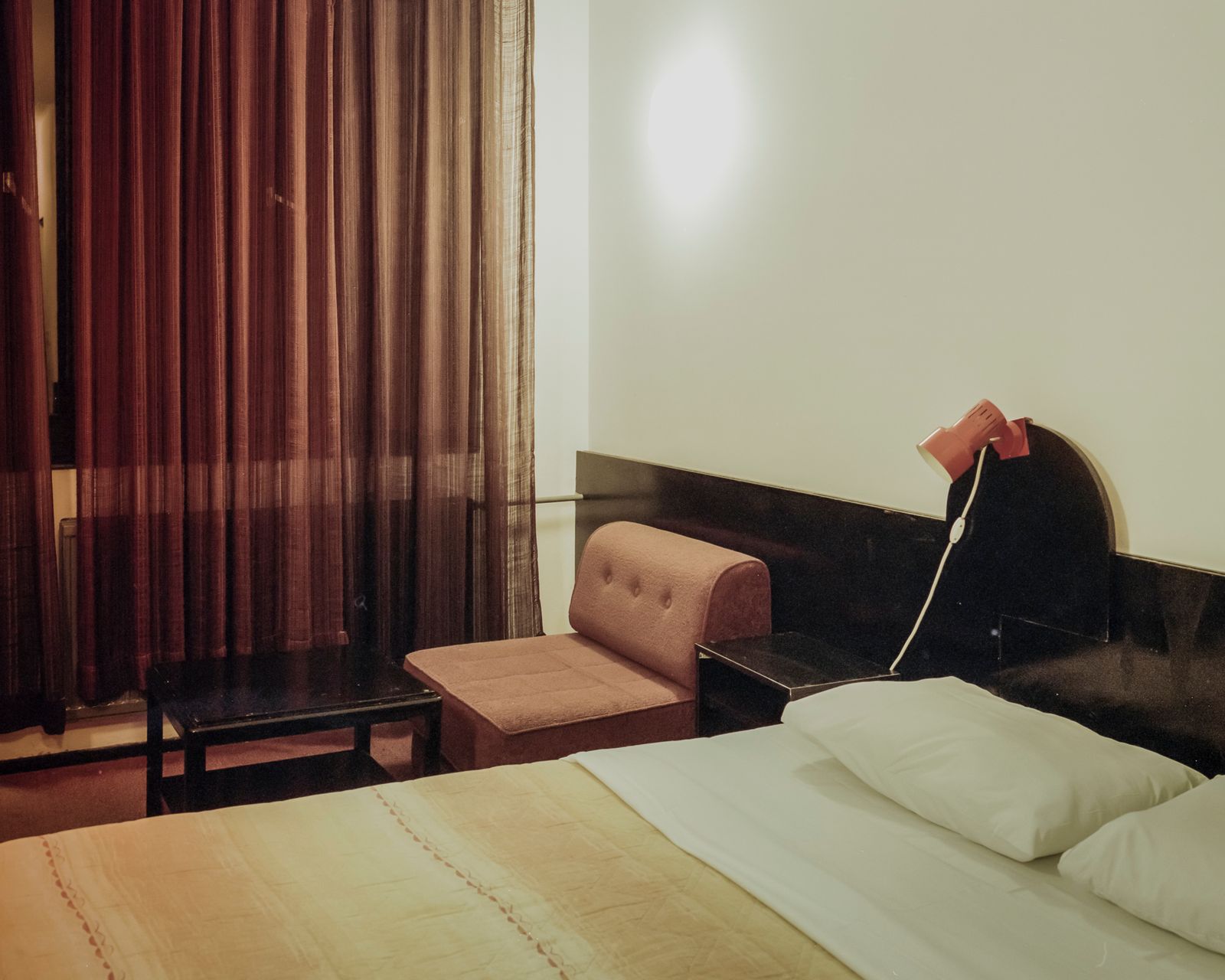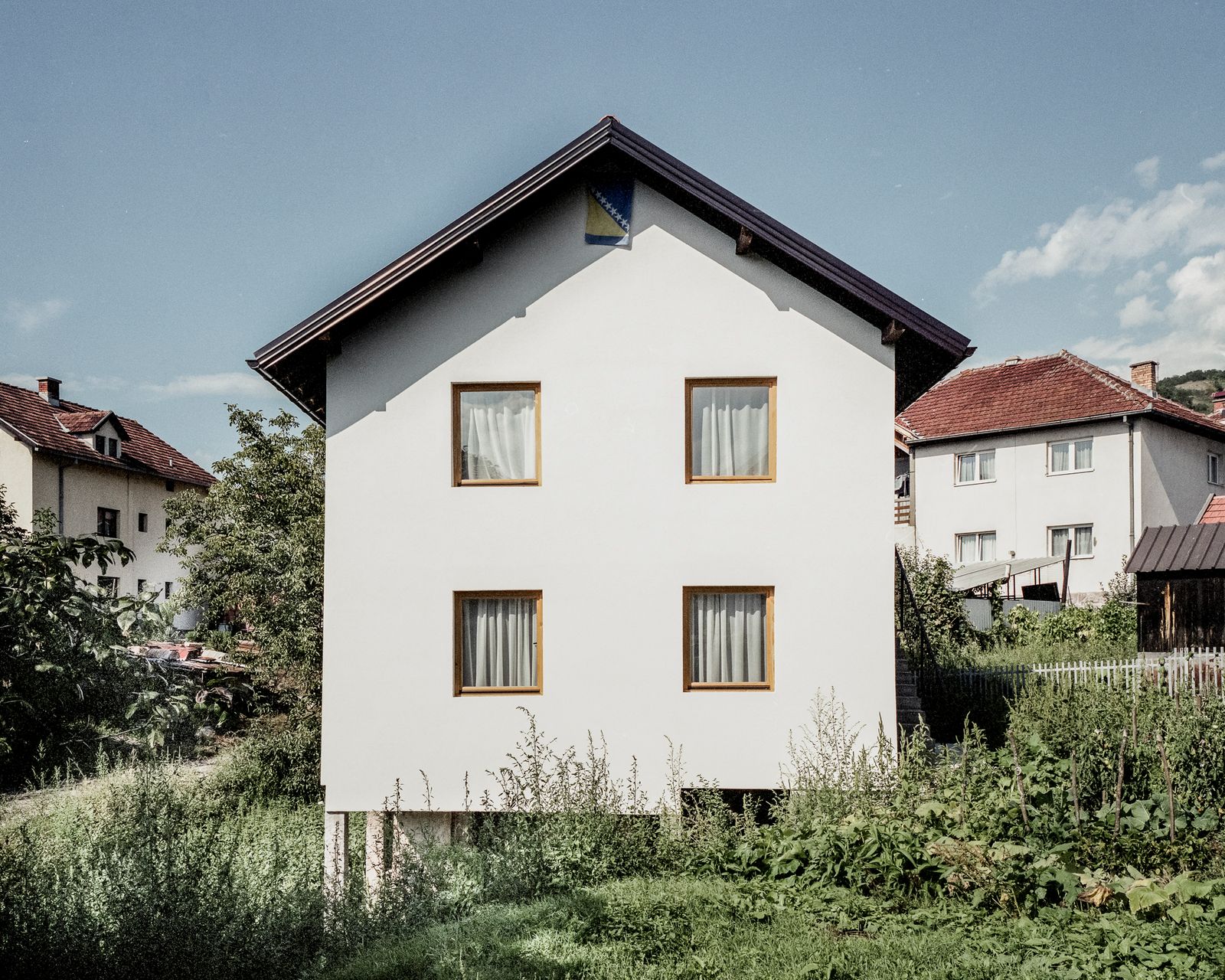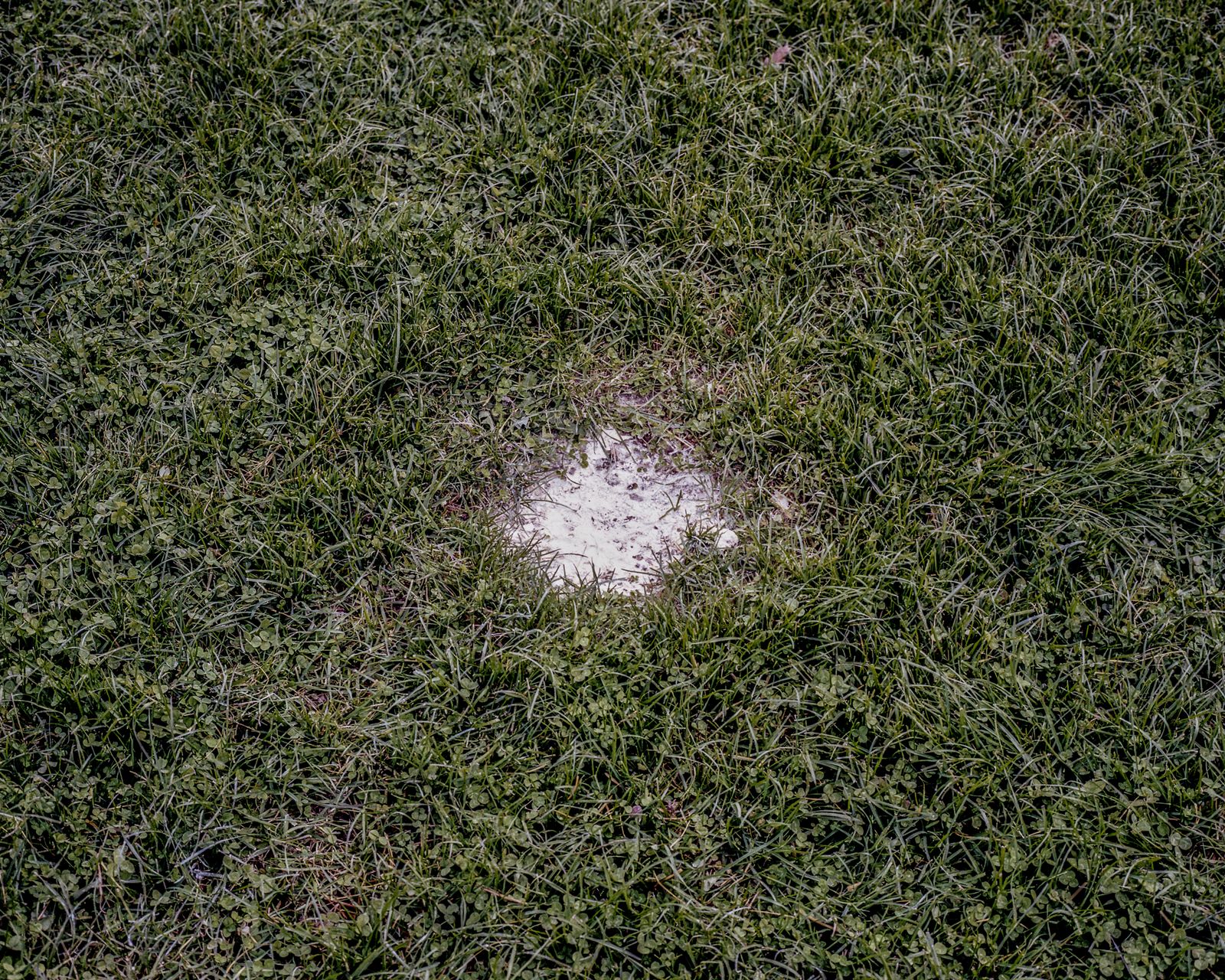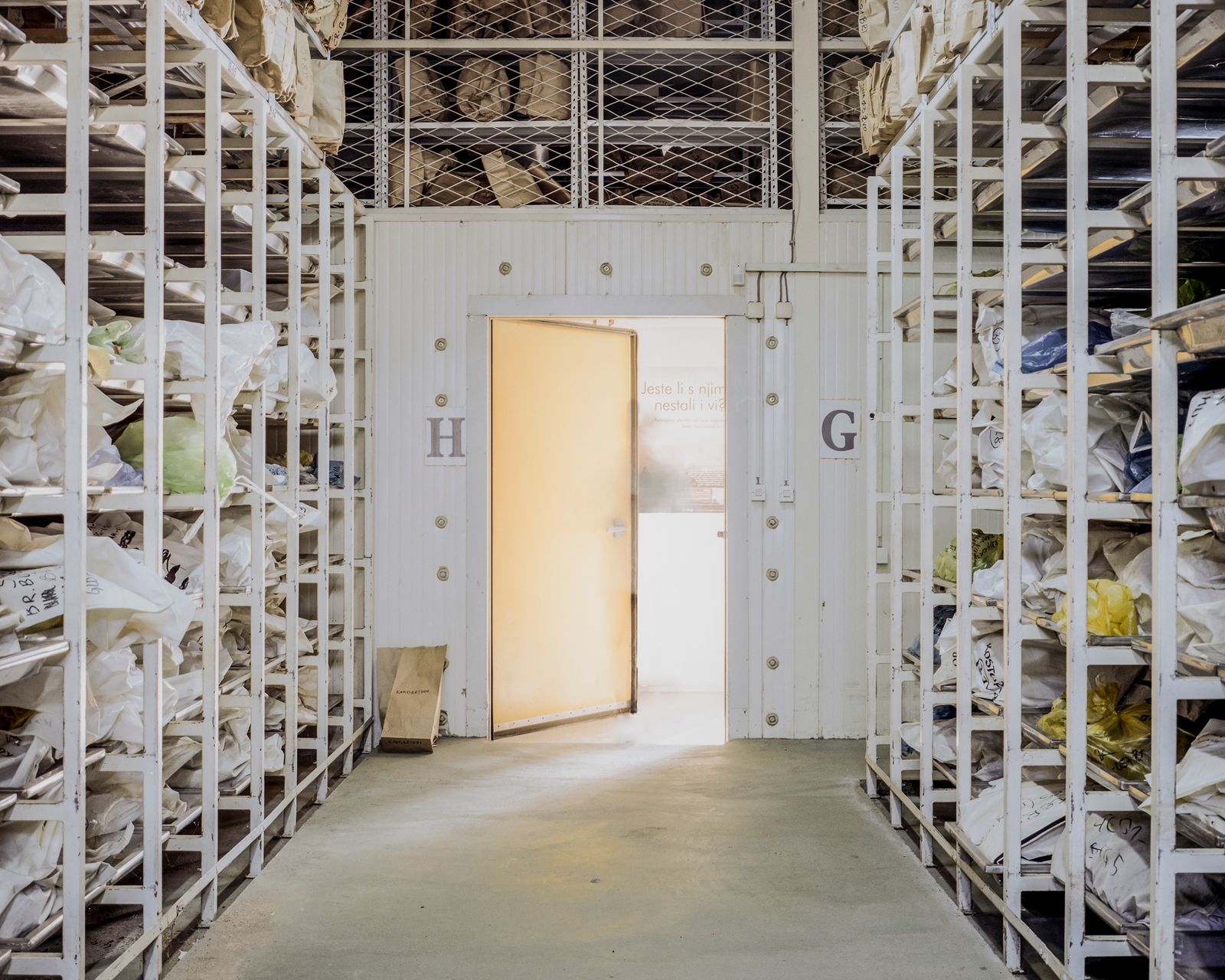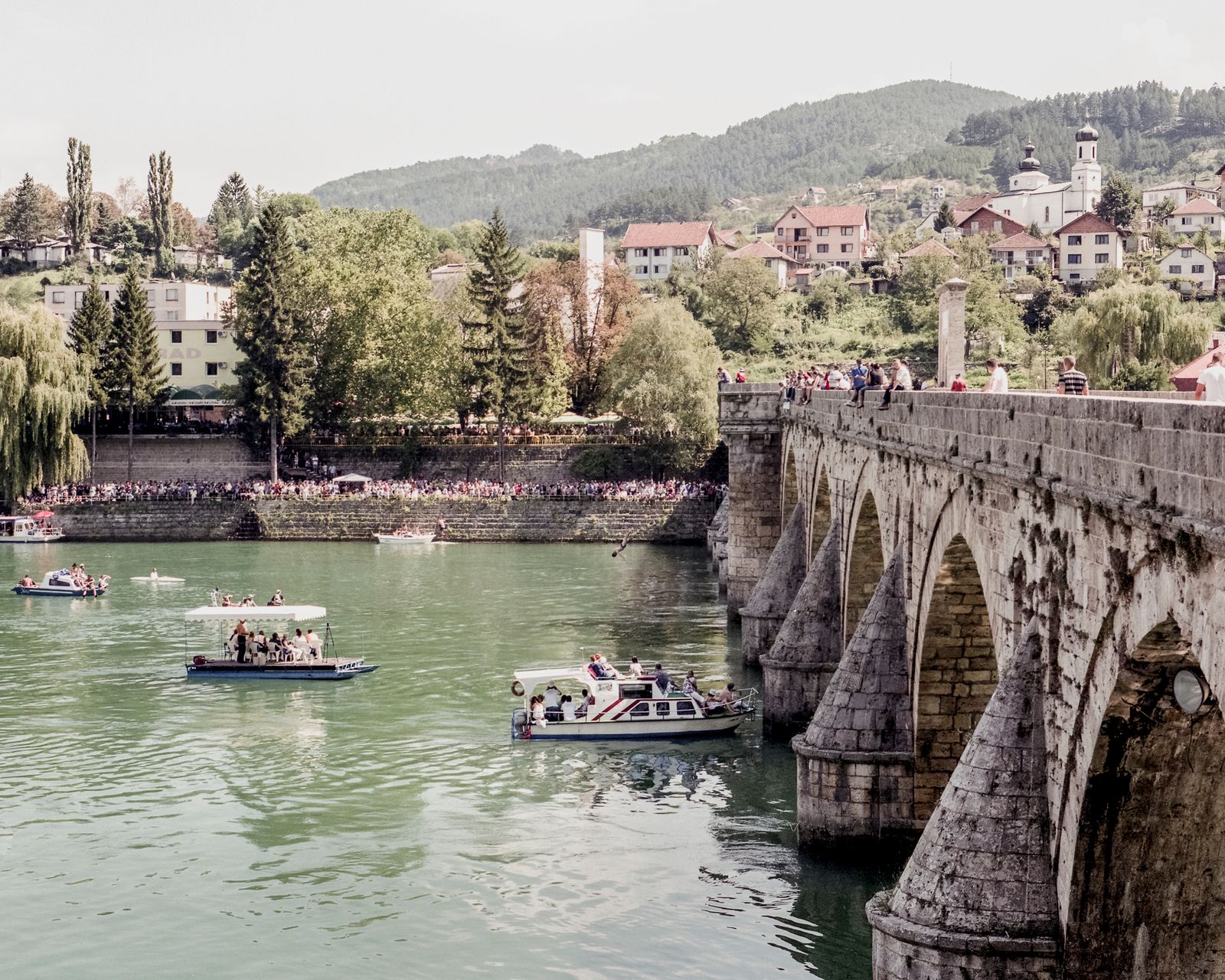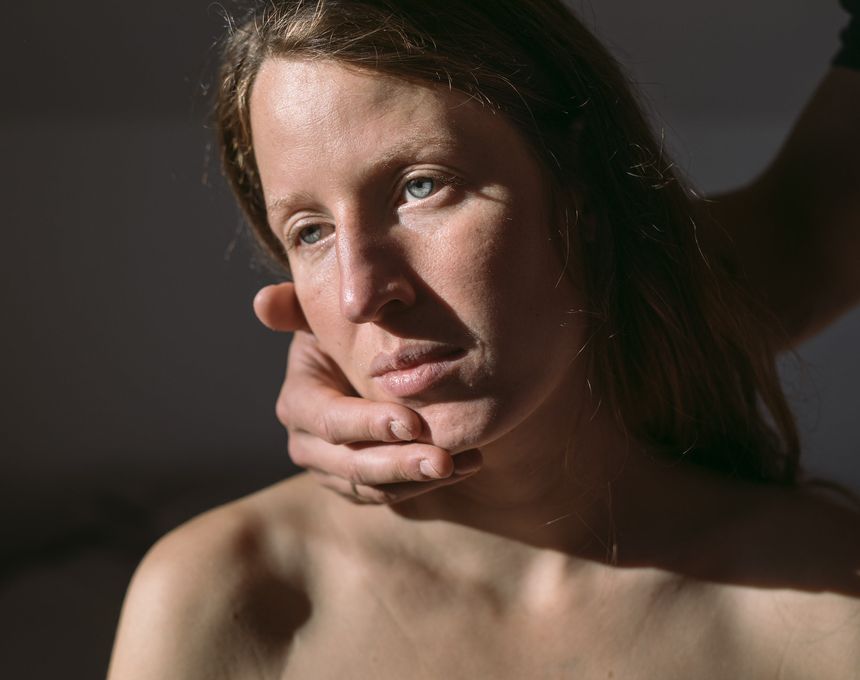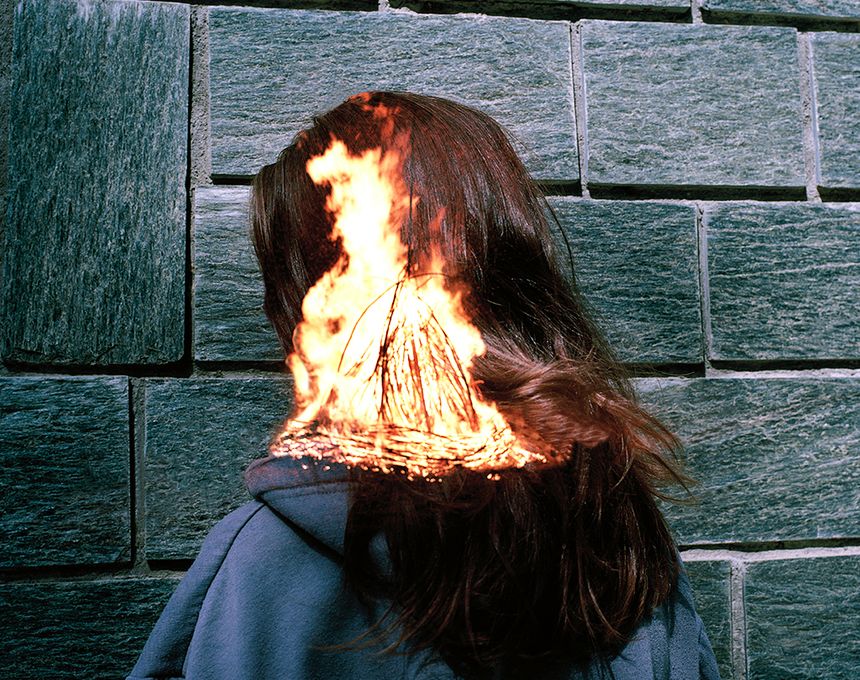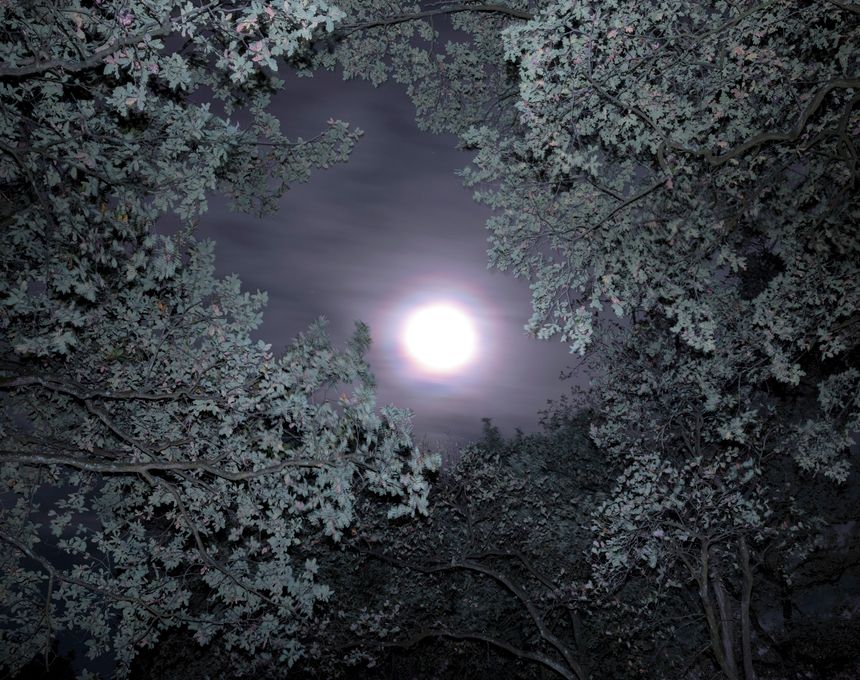Makeshift
-
Dates2013 - Ongoing
-
Author
- Topics Landscape, Documentary, War & Conflicts
Makeshift is a project on rewriting history in Bosnia and Hercegovina, relating to the mass atrocities of Bosnian War and their erased context, as most of them were committed in places of public utility, which are now still in use, serving their original purpose as if nothing happened.
History is a settlement within the community, regarding how this community remember the events that took place in the past. The trend towards the construction and relying on the structured history in constructing order of the present time is an expression of its social significance. Group of people with the same belief about past events form a collective identity. The nation, as an ethnic group owning an organised state, among its constitutive features have sharing common cultural and historical grounds. The culture of the community is based on shared history, taking shape of the established order of facts. By common saying, that’s winners who write history.
Makeshift is a project on rewriting history in Bosnia and Hercegovina, relating to the mass atrocities of Bosnian War and their ereased context. In most cases, places used to commit atrocities are renovated to serve former purpose of buildings of public utility. History is a collectively set narration, so it has the ability of being rewritten from scratch, to omit things that had to be forgotten. In present Bosnia, most of people had been directly, or indirectly affected by Bosnian War of 1991-1997. The entire landscape bears contamination that part of newly written history wants to erase.

